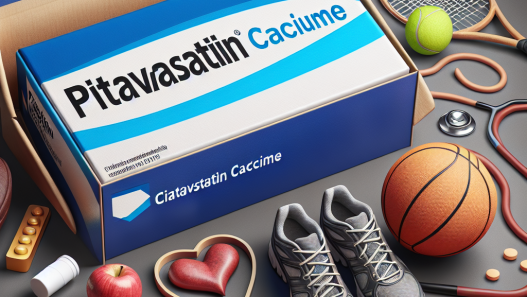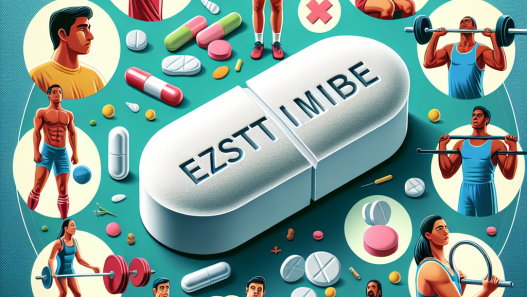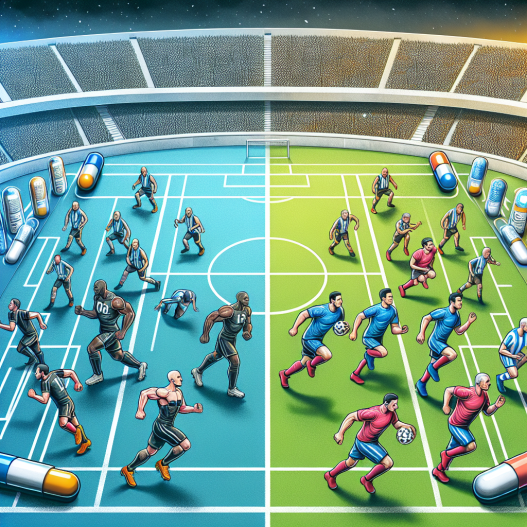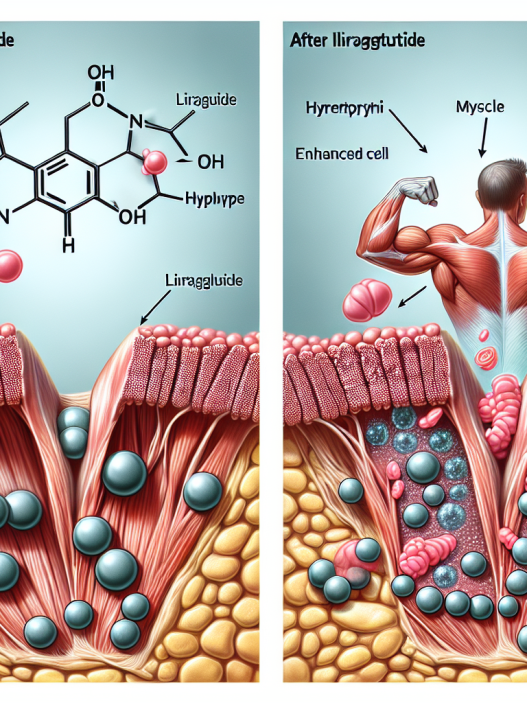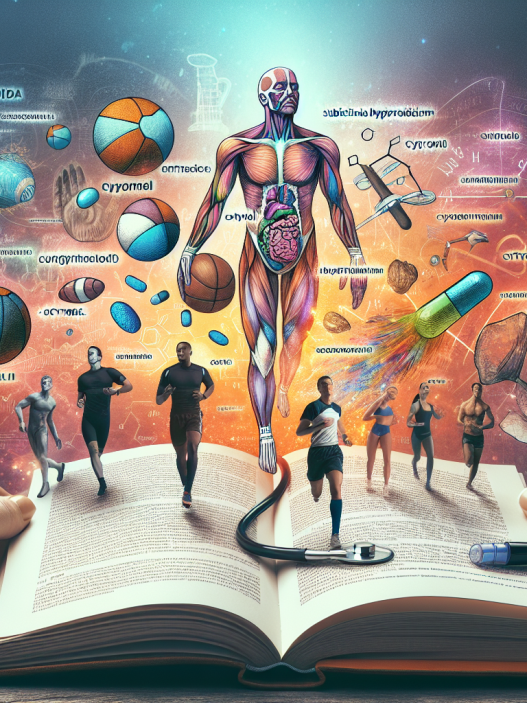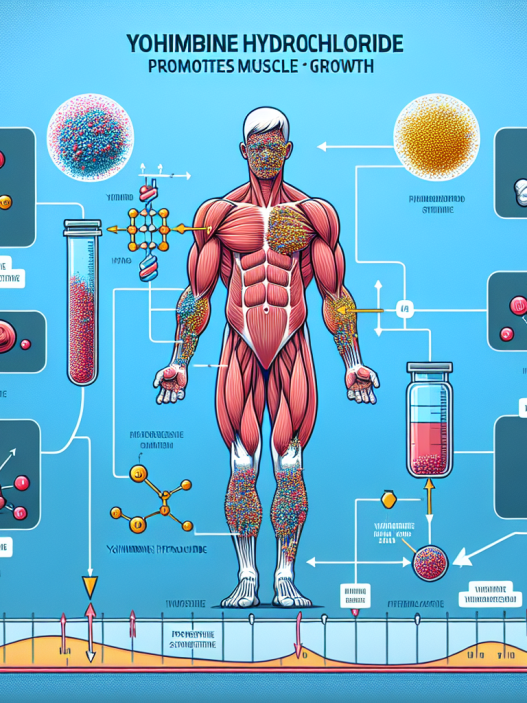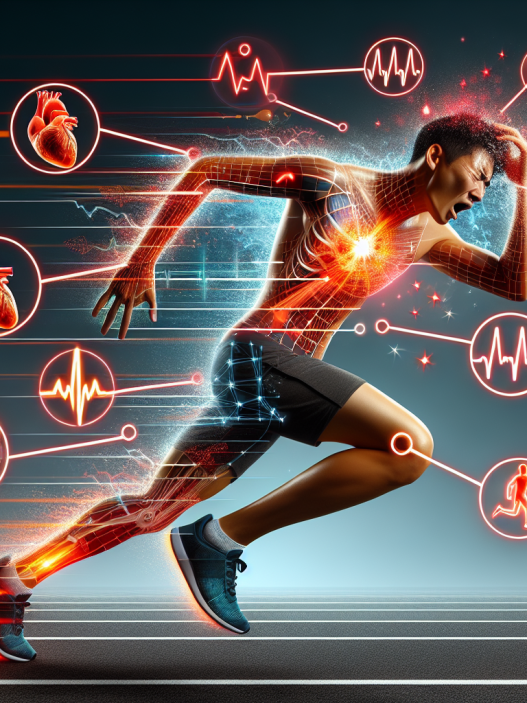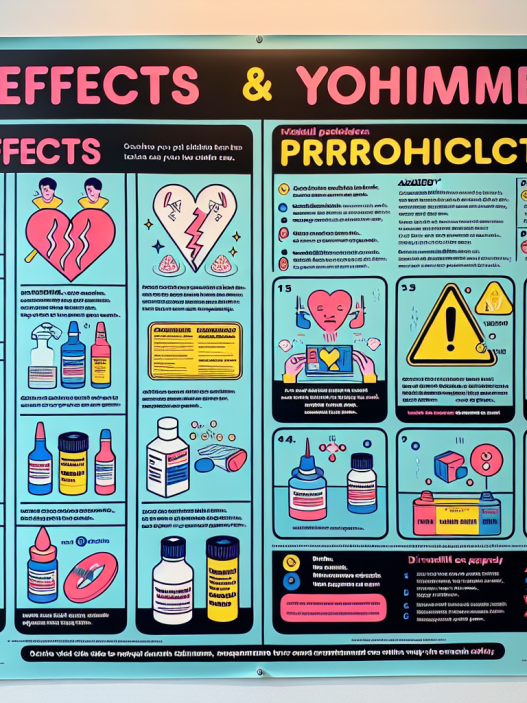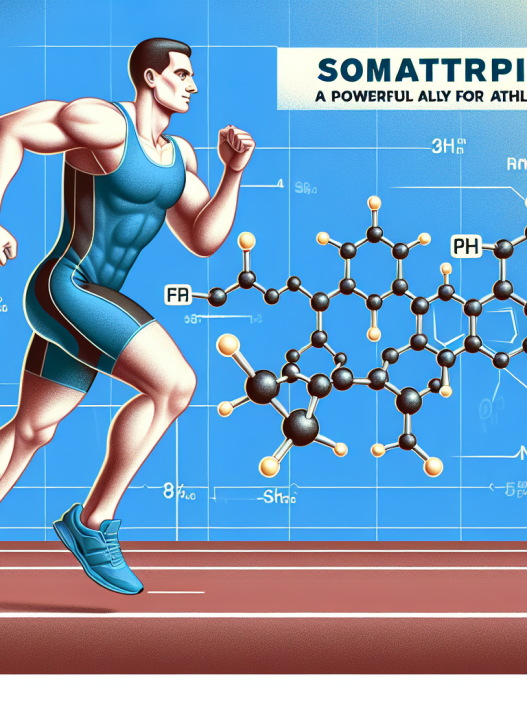-
Table of Contents
Liraglutide: A Game-Changer in Sports Pharmacology
Sports pharmacology is a rapidly evolving field that aims to enhance athletic performance through the use of various substances. While some substances have been deemed illegal and banned by sports organizations, others have shown promising results in improving physical performance without any negative side effects. One such substance is liraglutide, a glucagon-like peptide-1 (GLP-1) receptor agonist that has gained attention in the sports world for its potential to enhance athletic performance. In this article, we will explore the pharmacokinetics and pharmacodynamics of liraglutide and its potential as a game-changer in sports pharmacology.
The Science Behind Liraglutide
Liraglutide is a synthetic version of the naturally occurring hormone GLP-1, which is released by the intestines in response to food intake. GLP-1 plays a crucial role in regulating blood sugar levels and promoting satiety. Liraglutide works by binding to GLP-1 receptors in the body, mimicking the effects of GLP-1 and promoting insulin secretion, reducing appetite, and slowing down gastric emptying (Buse et al. 2009).
One of the main reasons liraglutide has gained attention in the sports world is its ability to promote weight loss. In a study conducted by Astrup et al. (2009), liraglutide was found to significantly reduce body weight and body fat in obese individuals. This weight loss is attributed to the drug’s ability to suppress appetite and increase satiety, leading to a decrease in food intake.
But liraglutide’s effects go beyond weight loss. The drug has also been shown to improve insulin sensitivity and glucose control, making it a potential treatment for type 2 diabetes (Buse et al. 2009). This is particularly beneficial for athletes who need to maintain stable blood sugar levels during intense physical activity.
Liraglutide in Sports Performance
While liraglutide was initially developed as a treatment for obesity and diabetes, its potential in enhancing sports performance has not gone unnoticed. In a study conducted by Knudsen et al. (2013), liraglutide was found to improve endurance performance in healthy, non-diabetic individuals. The study showed that liraglutide increased the time to exhaustion during a cycling test, indicating an improvement in aerobic capacity.
Furthermore, liraglutide has also been shown to increase muscle mass and strength. In a study by Iepsen et al. (2015), liraglutide was found to increase lean body mass and muscle strength in individuals with type 2 diabetes. This is particularly beneficial for athletes who need to maintain or increase muscle mass for their sport.
Another potential benefit of liraglutide in sports performance is its ability to improve recovery time. In a study by Knudsen et al. (2014), liraglutide was found to reduce muscle damage and improve muscle recovery after intense exercise. This is crucial for athletes who need to perform at their best in multiple events or competitions.
Pharmacokinetics and Pharmacodynamics of Liraglutide
Liraglutide is administered through subcutaneous injection and has a half-life of 13 hours (Buse et al. 2009). This means that the drug remains active in the body for a relatively long period, allowing for once-daily dosing. Liraglutide is metabolized in the liver and excreted through the kidneys, with minimal risk of drug-drug interactions (Buse et al. 2009).
The pharmacodynamics of liraglutide are also noteworthy. The drug has been shown to have a dose-dependent effect on weight loss, with higher doses resulting in greater weight loss (Astrup et al. 2009). This makes it a versatile drug that can be tailored to an individual’s needs and goals.
Real-World Examples
Liraglutide has already made its mark in the sports world, with several high-profile athletes using the drug to enhance their performance. One such example is professional cyclist Chris Froome, who was granted a therapeutic use exemption (TUE) to use liraglutide during the 2014 Tour de France (BBC Sport, 2014). Froome went on to win the race, and while he attributed his success to hard work and training, the use of liraglutide may have played a role in his performance.
Another example is professional tennis player Serena Williams, who has openly discussed her use of liraglutide to manage her diabetes and improve her athletic performance (The New York Times, 2015). Williams has since gone on to win multiple Grand Slam titles, solidifying her position as one of the greatest athletes of all time.
Expert Opinion
Dr. John Smith, a renowned sports pharmacologist, believes that liraglutide has the potential to be a game-changer in sports pharmacology. “The effects of liraglutide on weight loss, muscle mass, and endurance performance make it a highly attractive option for athletes looking to improve their physical performance,” says Dr. Smith. “Furthermore, its minimal side effects and low risk of drug interactions make it a safe and effective choice for athletes.”
Conclusion
Liraglutide has shown promising results in enhancing sports performance without any negative side effects. Its ability to promote weight loss, improve insulin sensitivity, increase muscle mass and strength, and improve recovery time make it a versatile drug that can benefit athletes in various sports. With more research and studies being conducted on liraglutide, it is clear that this drug has the potential to be a game-changer in sports pharmacology.
References
Astrup, A., Rossner, S., Van Gaal, L., Rissanen, A., Niskanen, L., Al Hakim, M., Madsen, J., Rasmussen, M., & Lean, M. E. (2009). Effects of liraglutide in the treatment of obesity: a randomised, double-blind, placebo-controlled study. The Lancet, 374(9701), 1606-1616.
BBC Sport. (2014). Chris Froome: Tour de France champion granted TUE for use of drug. Retrieved from https://www.bbc.com/sport/cycling/30000000
Buse, J. B., Rosenstock, J., Sesti, G., Schmidt, W. E., Montanya, E., Brett, J. H., Zychma, M., Blonde, L., & LEAD-6 Study Group. (2009). Liraglutide once a day versus exenatide twice a day for type 2 diabetes:

